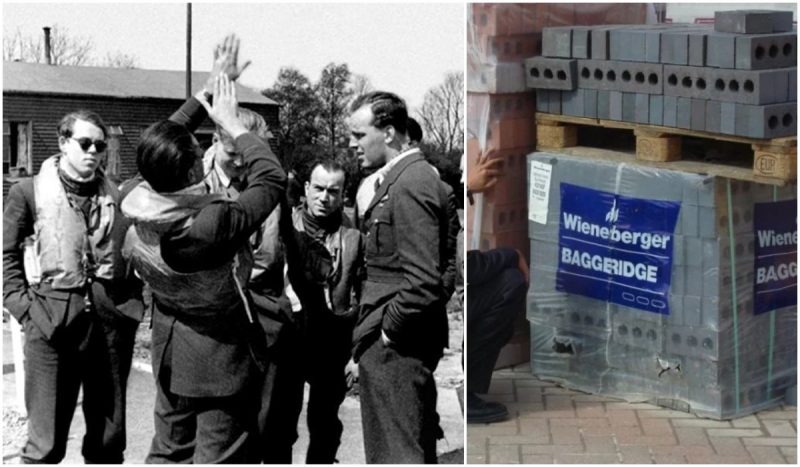The Biggin Hill airfield will always be connected to the famous aircrews who fought against the Luftwaffe in the Battle of Britain, both defending their country and dying in the process. Their bravery will always be remembered by those who visit the Biggin Hill airfield. This may not be the case forever though, as a new territorial issue has arisen within the area. Protesters claim that the materials and bricks, used to build the famed memorial site, are of German soil, produced and imported by that country.
They have complained about the St George’s RAF chapel as well, suggesting that all materials and products used to construct the building, should be bought from its home country (the United Kingdom). Rita Radford stated that they were misled in the process of bringing the bricks over, they were supposed to be custom-made and of a special quality.
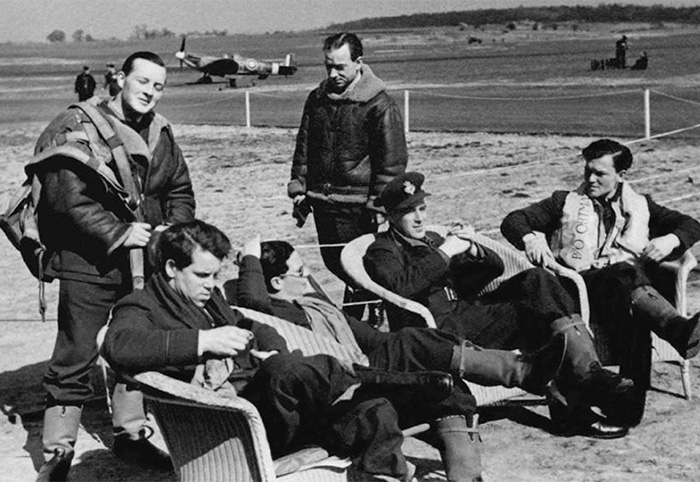
Instead, they’re getting premade bricks from Germany to construct the (ironically) most popular RAF station in the United Kingdom. In a way, it’s insulting and inconsiderate, said Rita. She also said she was unhappy with the removal of a Grade 2 vestry and a glass window, which was meant as a tribute to the fallen air members who contributed to the effort. It was removed to make room for the new building.
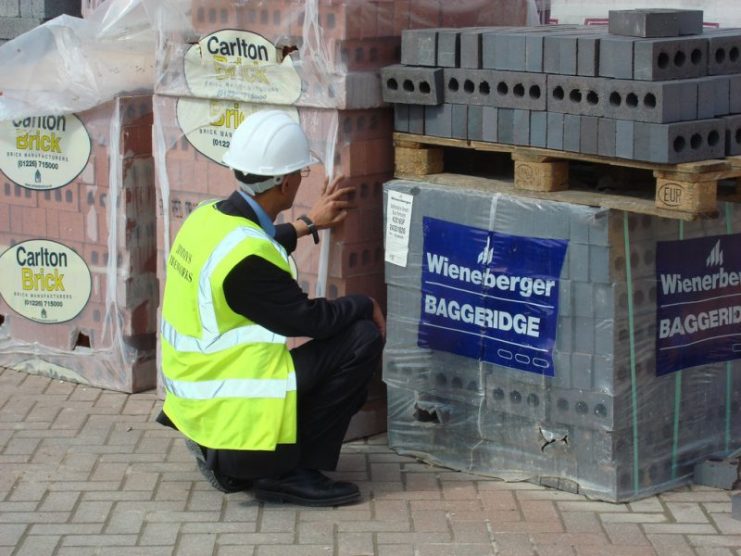
The building next to the construction is labeled Spitfire and Hurricane. It contains the engraved names of all those who passed away in World War Two, participating in the war in a fighting manner. Protesters said they were lied to, and claimed that they were ensured a mixture of colored bricks would be used in the construction process of the memorial building.
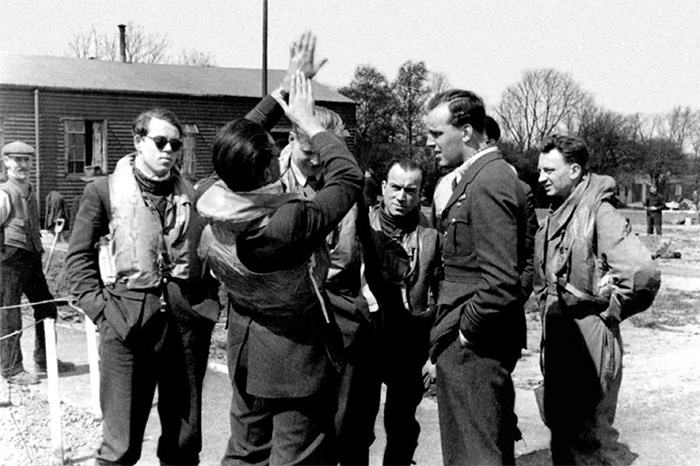
This was all found out to be wrong, when stacks of plain white bricks were placed on their doorsteps, primed for usage within the complex, and produced by a German company, Weinerberger. This very company had part of its properties destroyed by the Allied bombing raids, whether this was a mistake or intentional remains to be seen, but protesters are furious and disappointed at the incorrect brick set and demand that they are exchanged with homegrown materials.
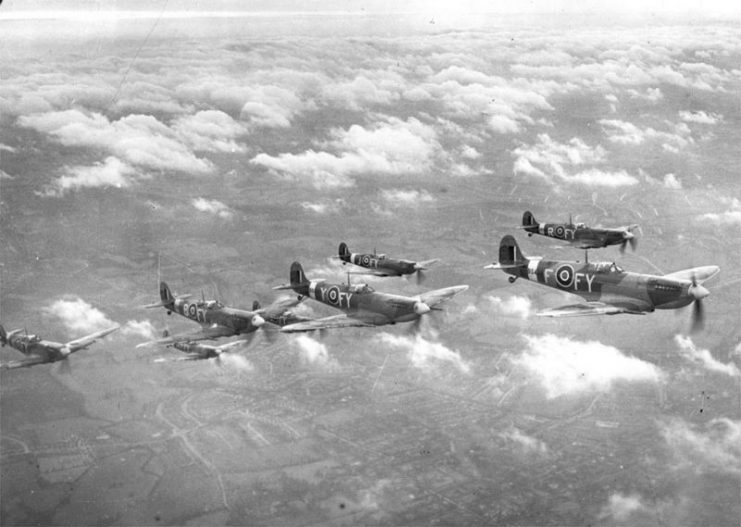
The RAF memorial is home to the UK’s most dedicated and celebrated heroes. It’s understandable why the public feels this way and has the nagging desire to preserve their legacy, by building a tribute sourced from the country they helped to protect. It’s not a matter of racism or bigotry, the protesters have stated, but rather a form of belonging and righteousness in the world. Everything must be inline for these veterans to be properly celebrated.
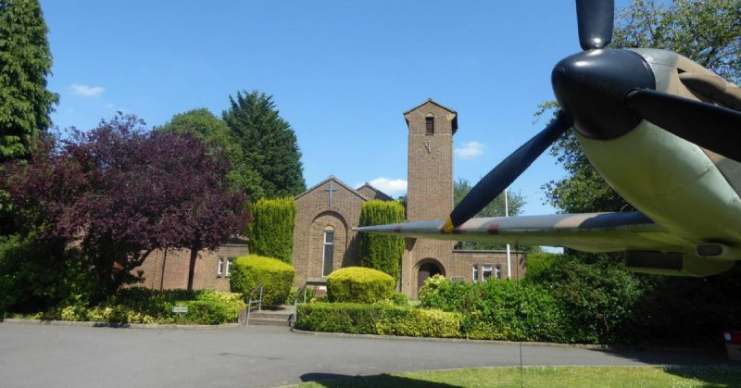
These are not just bricks or inanimate objects, according to the protesters, they represent everything the fallen have fought for in the war. It’s a must that they are remembered in a proper, clean and rightful fashion. It’s believed that if the German bricks are used, it will taint the legacy of the veterans and bring down the aura of the memorial building, drastically lessening its prestige in the process.
The protesters are hopeful that the issue will be remedied in due time, and the entire issue placed behind them, so that the heroes who participated in the war effort can truly rest and be celebrated in a prestigious remembrance service. The most important thing in this entire situation, and the most desired result, is that these heroes can be remembered by their honoring fans and the public in one way or another. The German bricks may not be an issue to the larger public but rather a vocal minority. Whatever happens, it’s hoped that the issue will be resolved and these great men can be hailed and remembered for years to come.
